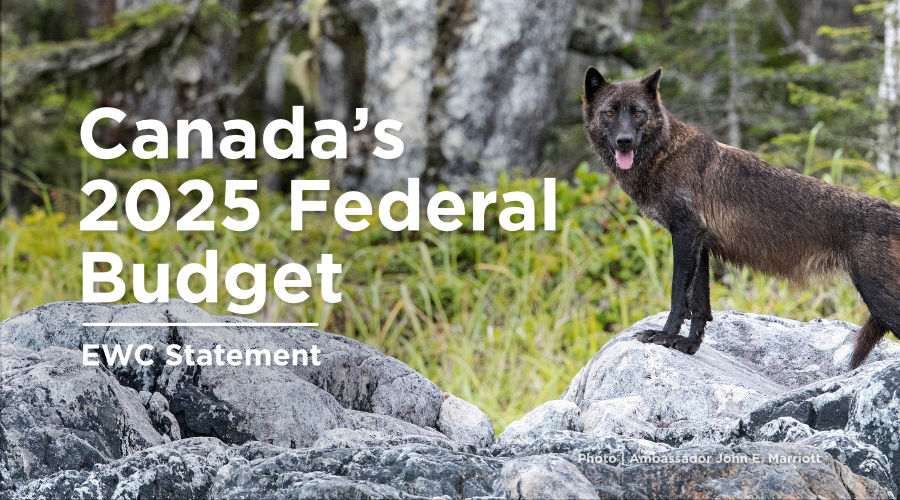
From policy to wild places, turning conservation into action.
At Exposed Wildlife Conservancy, we believe that conservation is not a static act, it’s a living conversation between people, place, and the wild species that define us. Budget 2025 shows steps toward protecting that conversation. Investments in green innovation, jobs, and biodiversity show that Canada is beginning to see nature as infrastructure — something that underpins our health, economy, and identity. The return on investment in nature is our own well-being; when ecosystems thrive, so do we.
Still, progress must be paired with perspective. The nonprofit sector continues to carry a disproportionate share of Canada’s social and environmental responsibility without a clear roadmap for long-term sustainability. As Imagine Canada reports, this sector employs over 2.4 million Canadians and contributes roughly 8.3% of our national GDP, yet remains one of the least supported in strategic federal policy and planning. This gap is even more striking when you consider that less than one-half of one percent of charitable giving in Canada goes to environmental causes.
Environmental charities like ours operate at the heart of climate and biodiversity solutions, To that end, we draw attention to two linked realities:
Our response to Budget 2025 is one of encouragement with a sense of urgency. We are optimistic about the steps forward and motivated by the opportunities ahead. Yet we also recognize that much more remains to be done. Canada must deliver on the biodiversity protections outlined in the recent Throne Speech, and future funding must match the scale of the challenge.
We share the optimism expressed by partners like Nature Canada, who note that delivering on the Nature Strategy is essential to Canada’s economic resilience and global credibility. And we agree: this moment calls for collaboration and clarity, not complacency.
In the year ahead, we will continue advancing our Trail Camera Program, promoting science-based apex predator management, conducting a feasibility study for a grizzly sanctuary, and expanding our education and outreach so that Canadians of all ages can see themselves reflected in conservation. We’ll also deepen partnerships with Indigenous communities, researchers, and local leaders, because we move further, faster, when we move together.
Canada’s 2025 budget reminds us that progress is possible, but it also reminds us why we’re here. Conservation isn’t just protection; it’s participation. Let’s keep the conversation going.